Explore Spiti Valley’s landscapes and ancient monasteries with this 10-day itinerary. Discover the unique experiences and make best memories.
Spiti Valley, nestled in the remote highlands of Himachal Pradesh, is a paradise for adventure seekers, nature lovers, and those looking to disconnect from the hustle and bustle of city life. With its stark landscapes, ancient monasteries, and vibrant culture, Spiti Valley offers an unforgettable experience. Here’s a detailed ten-day itinerary to help you make the most of your visit to this breathtaking valley.
Day 1: Start from Shimla to Theog
Begin your journey in Shimla, the charming capital of Himachal Pradesh; nearest airport is Delhi/Chandigarh. Shimla, known for its colonial architecture and scenic beauty. Spend the day exploring Shimla, visiting the Ridge, Mall Road, and Christ Church to soak in the colonial charm. Enjoy a leisurely walk through the lush pine forests before driving to Theog, which is approximately 28 kilometers from Shimla. Check into your hotel in Theog and rest for the night.
Day 2: Theog to Sangla, Exploring Narkanda
Start your journey to Sangla, located in the Baspa Valley of Kinnaur, approximately 160 kilometers away. On the way, stop at Narkanda to visit the Hatu Peak, the highest point in Narkanda, which offers panoramic views of the surrounding mountains. Continue your journey towards Sangla, enjoying the scenic drive through beautiful valleys and mountains. Arrive in Sangla and check into your hotel or a cozy riverside camp. Spend the evening enjoying dinner and relaxing by the Baspa River.
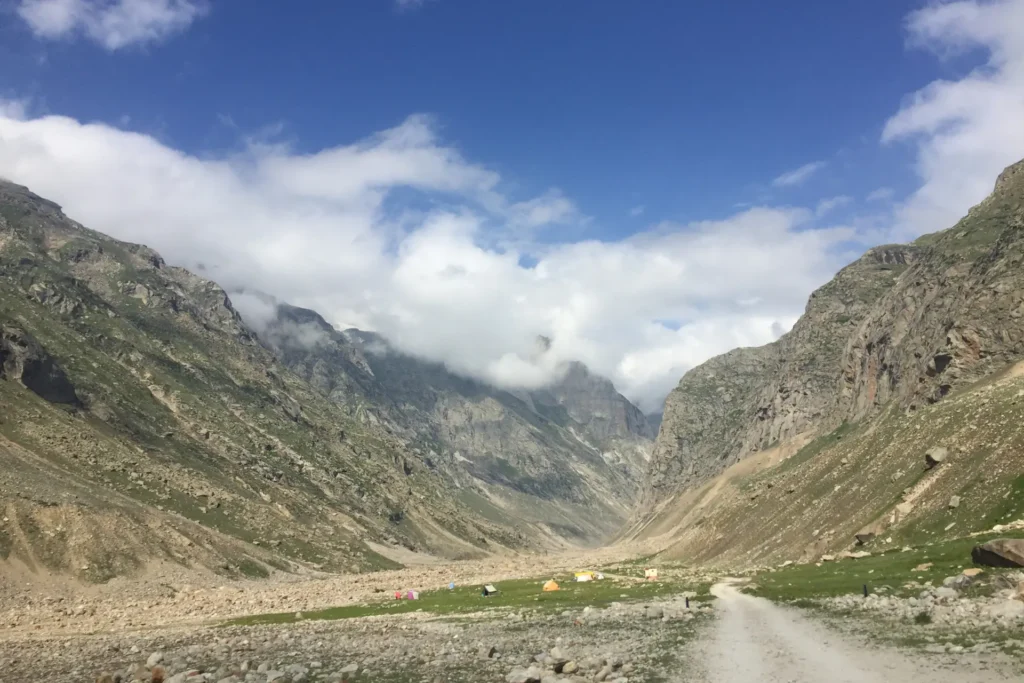
Day 3: Sangla to Kalpa via Chitkul
After breakfast, visit Chitkul, the last inhabited village near the Indo-Tibetan border. Explore the village and enjoy the stunning views of the Baspa Valley. Then drive towards Kalpa, a journey of about 40 kilometers, arriving by late afternoon. Check into your hotel in Kalpa and have lunch. Spend the evening exploring Kalpa village, known for its stunning views of the Kinnaur Kailash range. Visit the Kalpa Monastery and the Narayan-Nagini Temple, and enjoy a leisurely evening, watching the sunset over the snow-capped peaks. Dinner at the hotel, followed by rest.
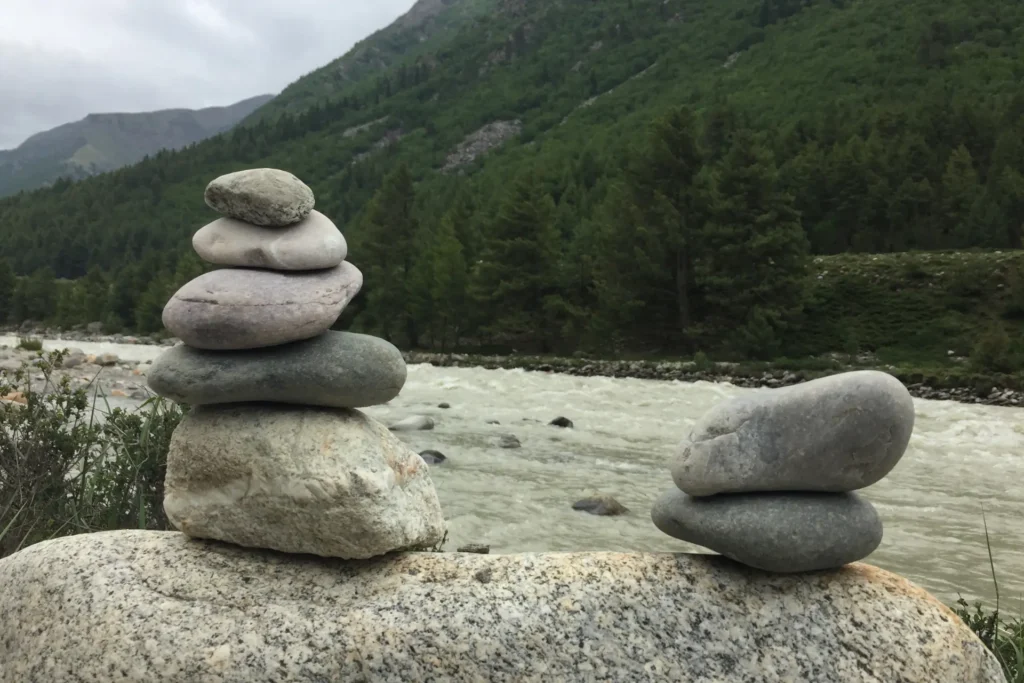
Day 4: Kalpa Sightseeing and Drive to Nako
Depart from Kalpa and head towards Nako, approximately 100 kilometers away, which takes around 4-5 hours. The route takes you through the beautiful Kinnaur region and along the Sutlej River. As you ascend, observe the changing landscape from lush green valleys to barren, rocky terrains. Arrive in Nako and check into a guesthouse or homestay. After lunch, visit Nako Lake, a serene high-altitude lake surrounded by willow and poplar trees. Explore the Nako Monastery and the nearby ancient rock carvings. Enjoy the peaceful ambiance of this remote village. Dinner and overnight stay in Nako.
Day 5: Nako to Tabo
Drive from Nako to Tabo, a journey of about 60 kilometres that takes 2-3 hours. On the way, visit the Gue Monastery, which houses the mummified body of a Tibetan monk. Arrive in Tabo and check into a guesthouse. Have lunch at a local restaurant. Visit the Tabo Monastery, also known as the “Ajanta of the Himalayas” for its ancient murals and statues. Explore the Tabo Caves, which have been used by monks for meditation for centuries. Spend the evening wandering around the village. Dinner and rest at your guesthouse.
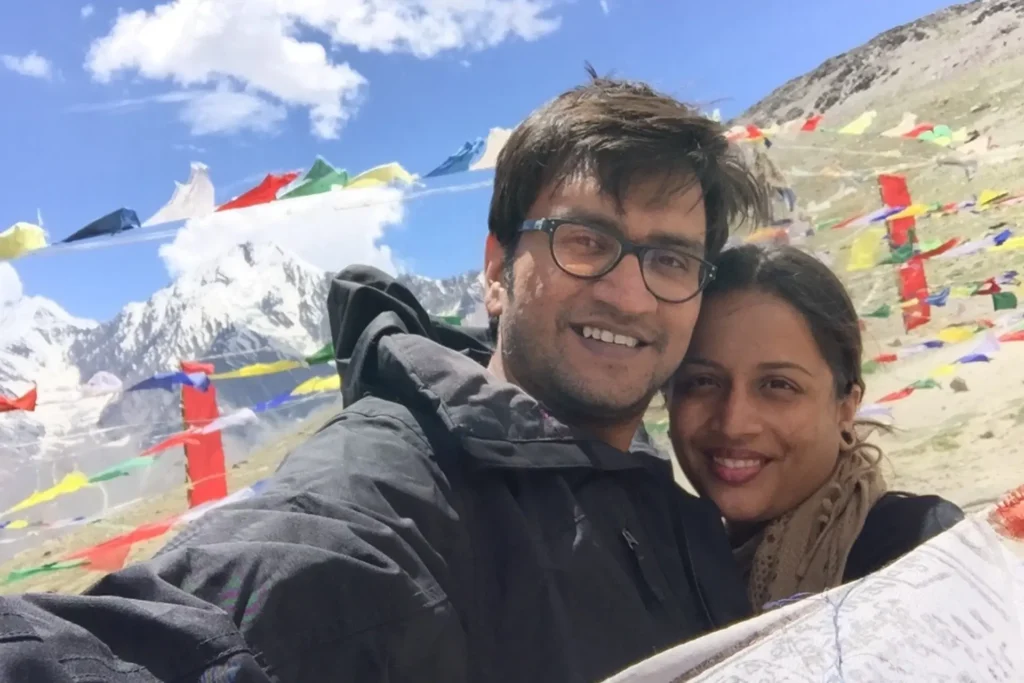
Day 6: Tabo to Kaza
Depart from Tabo and drive to Kaza, the largest town in Spiti Valley, located about 50 kilometers away. En route, visit Dhankar Monastery, perched on a cliff and offering spectacular views of the Spiti and Pin Rivers. Arrive in Kaza and check into your guesthouse or hotel. After lunch, explore the town of Kaza, visit local markets, and interact with locals. Dinner and overnight stay in Kaza.
Day 7: Exploring Kaza and Surrounding Villages
Visit the Ki Monastery, the largest monastery in Spiti Valley, known for its beautiful murals and collection of ancient scriptures. Head to Kibber Village, one of the highest inhabited villages in the world, and enjoy the stunning scenery. Visit the world’s highest post office in Hikkim and send postcards to your loved ones. Head to Langza, known for its giant Buddha statue overlooking the valley and fossil-rich terrains. Return to Kaza for dinner and overnight stay.
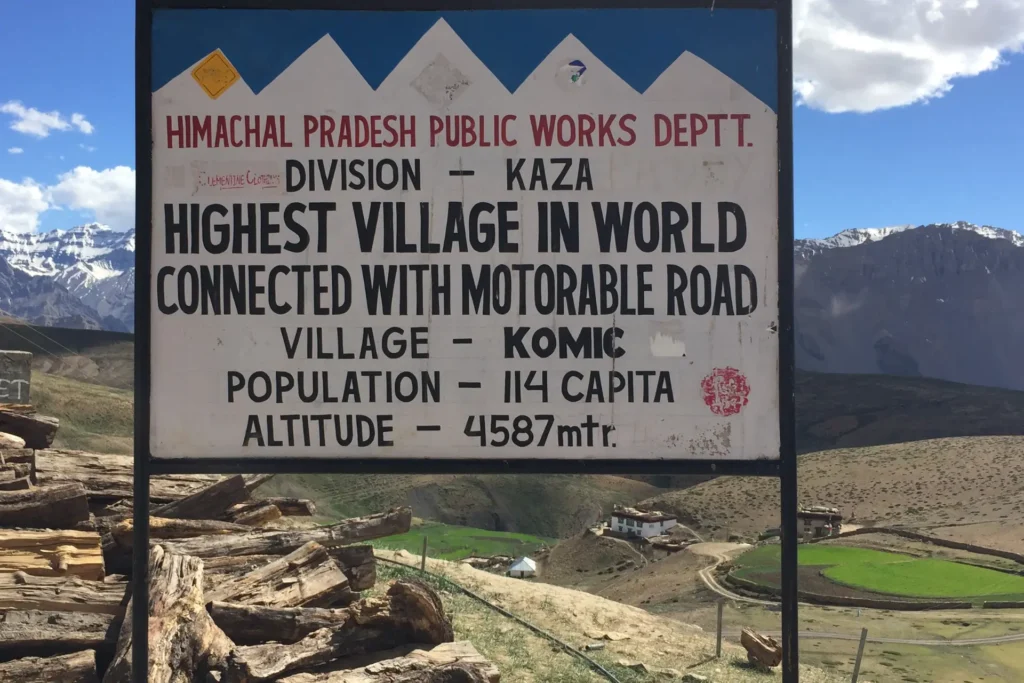
Day 8: Kaza to Chandratal Lake
Depart from Kaza early in the morning and drive to Chandratal Lake, around 70 kilometres away. The drive takes approximately 5-6 hours due to the rough terrain. On the way, visit Losar, the last village in Spiti Valley before you enter Lahaul. Arrive at Chandratal Lake, also known as the “Moon Lake,” located at an altitude of 4,300 metres. Check into your campsite near the lake and have lunch. Spend the evening exploring the pristine Chandratal Lake, surrounded by mountains and meadows. The lake’s crystal-clear water reflects the changing colours of the sky, creating a mesmerising view. Dinner at the campsite and overnight stay under the starlit sky. If you want to read about our experience about Chandratal lake, click here.
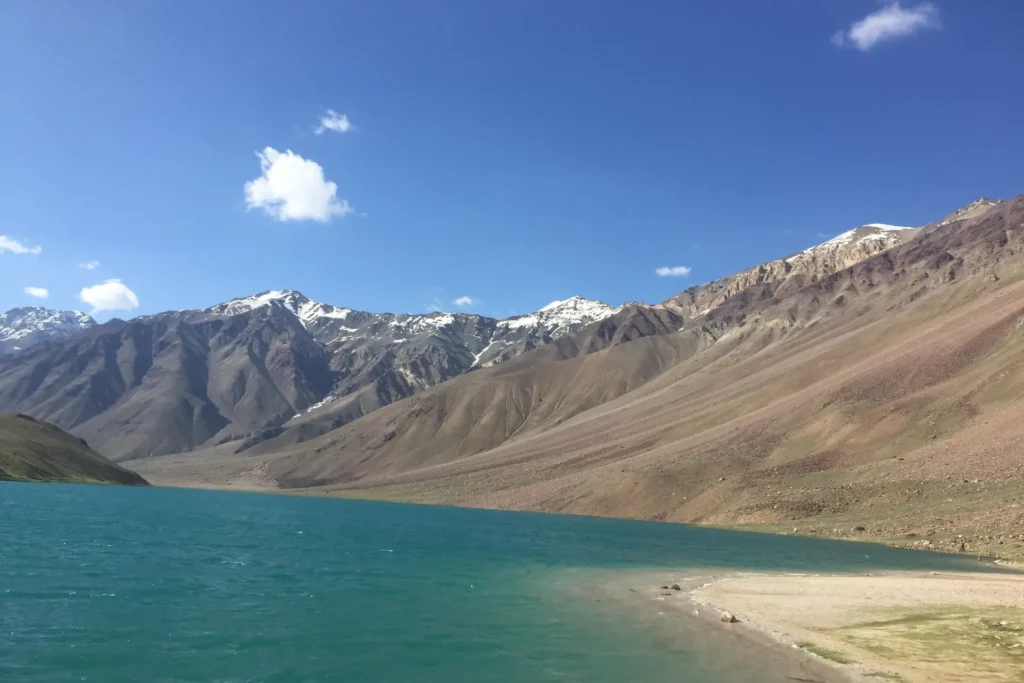
Day 9: Chandratal Lake to Manali
Depart from Chandratal Lake and drive towards Manali. The journey is around 120 kilometres and takes approximately 7-8 hours. Cross the scenic Kunzum Pass and Rohtang Pass, offering breathtaking views of the Himalayas. Stop for lunch at a roadside dhaba. Arrive in Manali and check into your hotel. Relax and unwind after the long journey. Spend your evening exploring Manali or simply resting.
Day 10: Explore Manali and Departure
Spend your day exploring Manali. Visit popular attractions like the Hadimba Temple, Vashisht Hot Springs, and the Manali Sanctuary. Enjoy shopping and dining on Mall Road. In the evening or next morning, check out from your hotel and begin your journey back home or your onward destination, carrying with you the unforgettable memories of Spiti Valley.
This ten-day itinerary ensures you experience the best of what Spiti has to offer, from its ancient monasteries and remote villages to its stunning landscapes and rich cultural heritage. Prepare for an unforgettable journey into one of the most captivating regions of India.

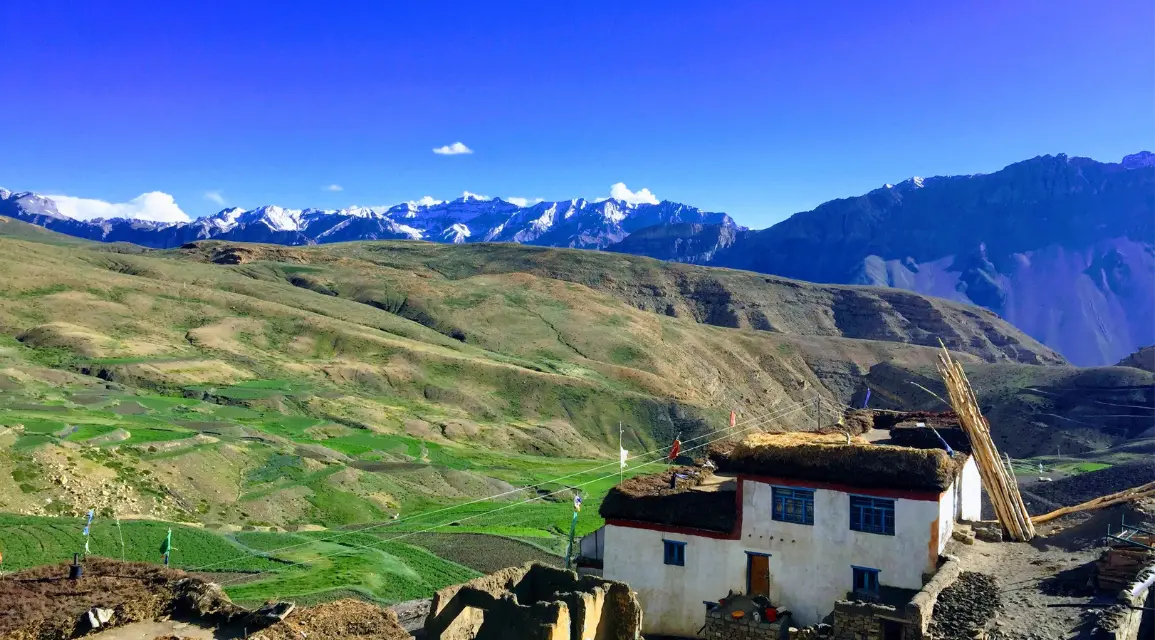
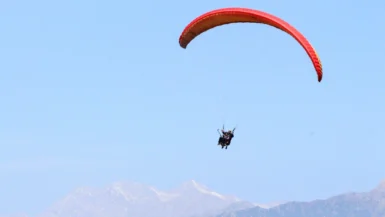
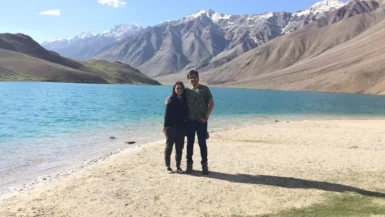
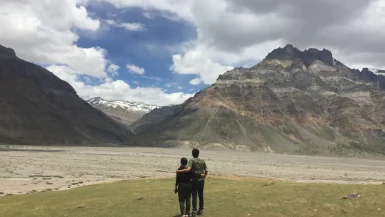
Leave a reply